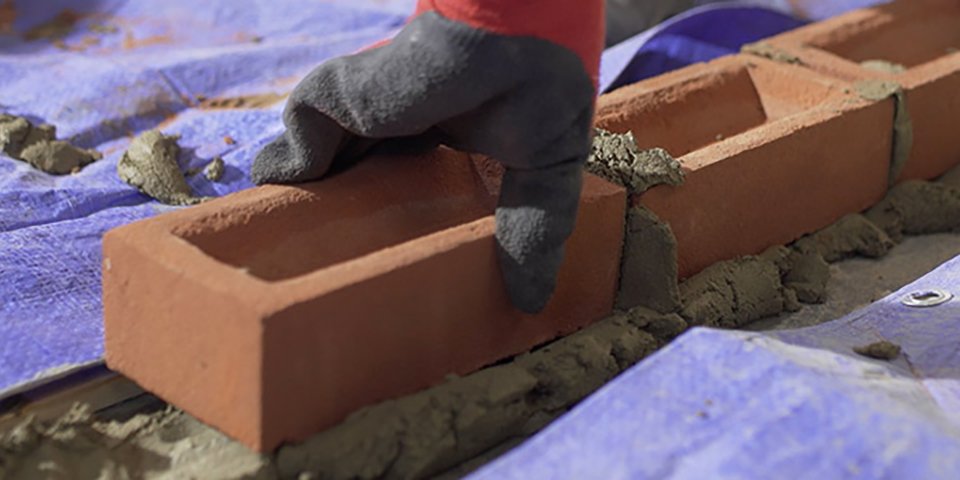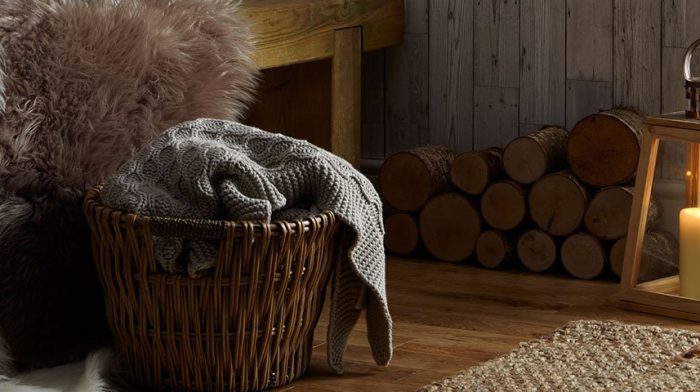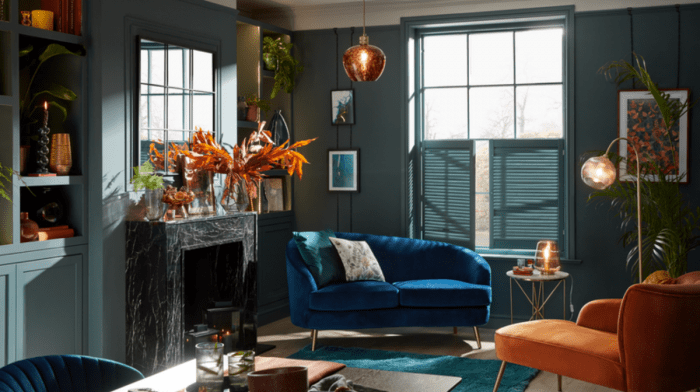Cost effective and accessible, Medium Density Fibreboard (MDF) wall panelling has taken the world by storm. And with so many mouldings, height options and paint colours to choose from, it’s clear to see why wall panels are the way forward for any DIY project.
With some careful planning and measurements, wall panelling is a simple but effective way to add character, dimension and personality to any room. If DIY isn’t for you, you can shop our wood wall panelling kits, designed to facilitate panelling installation. What’s more, MDF wall panels are suitable for any room – kitchens to bathrooms. Of course, depending on room you’re panelling, choose between water resistant or standard MDF panels.
Let’s start with what you’ll need.
Materials
MDF sheets cut to size (check your local Homebase store to see if they offer a cutting service. If not, head to a Timber merchant near you)
Tools
- Heavy duty grab adhesive
- Caulk and filler
- Orbital sander
- Spirit level
- Tape measure
- Paint brush
- Dust sheet
- Pencil
- Caulk gun for applying adhesive
- Safety goggles
- Ear defenders
- Half Mask Respirator with P2 or P3 Filters










